With heartfelt devotion and deep introspection, participants embraced the spiritual significance of each bow and step.
The story of Tzu Chi’s bowing pilgrimage began with two devoted women.
In 1979, during a Tzu Chi Commissioner gathering, Master Cheng Yen announced plans to build a hospital. Concerned about the immense burden on the Master, many disciples tried to dissuade her. However, volunteer Wang You-jin believed that as a disciple, she should wholeheartedly support the Master’s vision.
She not only fundraised diligently, but also performed a bowing pilgrimage to pray for the early completion of the hospital and for the Master’s health. Every time she travelled from Taipei to the Jing Si Abode, she would bow every three steps from the intersection between Jingshe Street and Suhua Highway. The journey of over 650 metres took about two hours. Deeply moved, her sister, Chen Jin-hua, later joined her in this act of reverence and devotion. By Tzu Chi’s Anniversary in 1982, more people across Taiwan had joined them, sharing a common goal. From there, the bowing pilgrimage evolved into a tradition during the annual Tzu Chi’s Anniversary celebration.
◎ Moments of self-reflection and renewal
In conjunction with Tzu Chi’s 58th Anniversary, the KL & Selangor Chapter organised a bowing pilgrimage on April 20 and May 1, 2024, drawing over 5,000 participants in total. Amidst the chanting of Buddha’s name, the participants, ranging from young children to the elderly, advanced in solemn processions from the sides and front of Jing Si Hall, before converging near the main bronze door entrance.
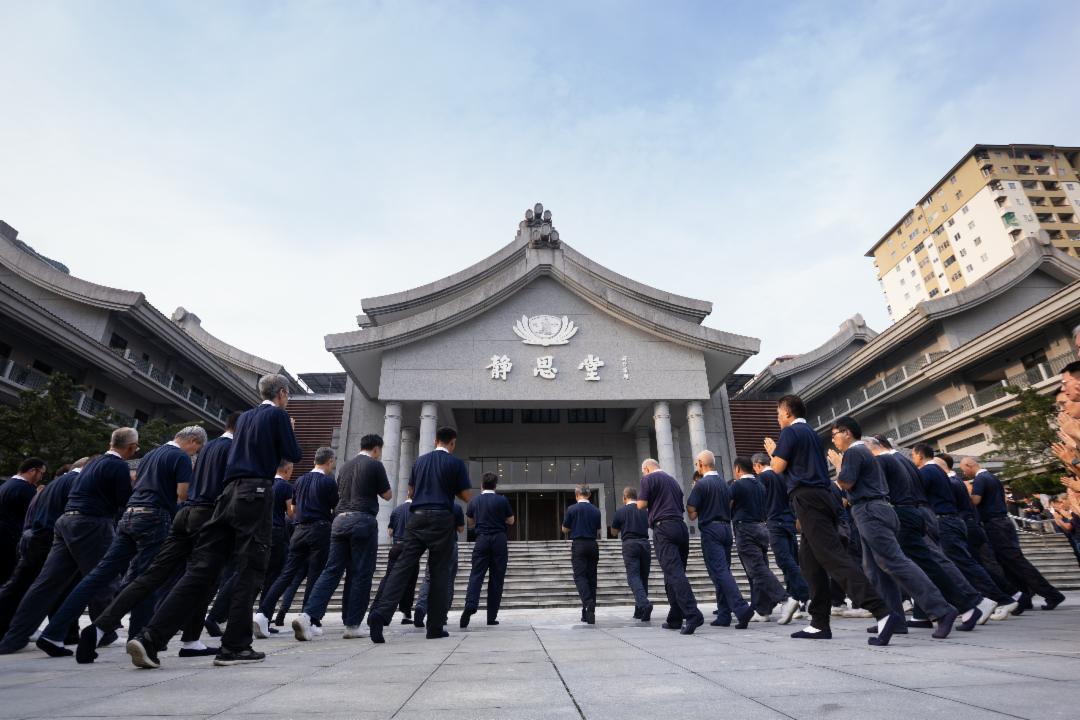

Everyone paced forward with palms pressed together, embracing the opportunity to connect deeply with the Earth and their inner selves as they prostrated reverently. A special zone was also arranged for those with physical limitations, allowing them to participate by just bowing or remaining seated with hands folded in reverence.
Despite sweat pouring down their faces, and dust and gravels sticking to their elbows and foreheads, the participants soldiered on with determination. Their spirit resonated with the Master’s explanation that the essence of the pilgrimage lies in the unwavering faith and the pursuit of enlightenment, a journey called the Bodhisattva Path, which ultimately leads to everyone returning to their pure intrinsic Buddha-nature within them.
In addition to the bowing pilgrimage, participants were offered a guided tour of the Jing Si Hall, which extended their spiritual experience through the stories of Tzu Chi, allowing them to feel the joy of selfless giving and inspiring them to collectively serve humanity.
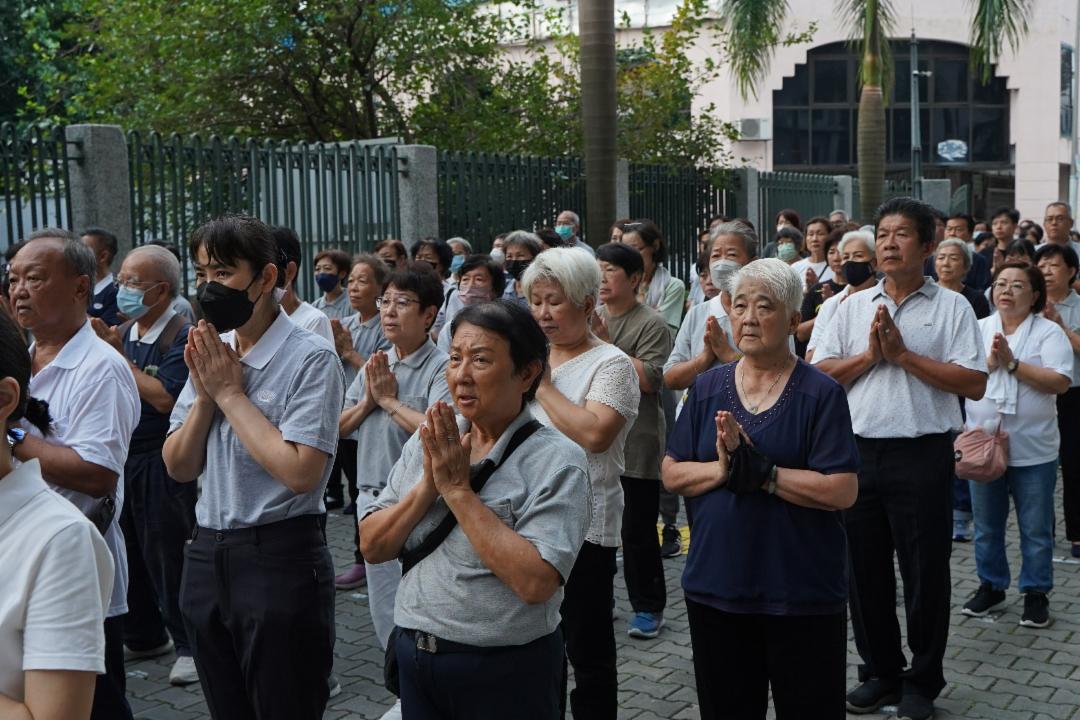
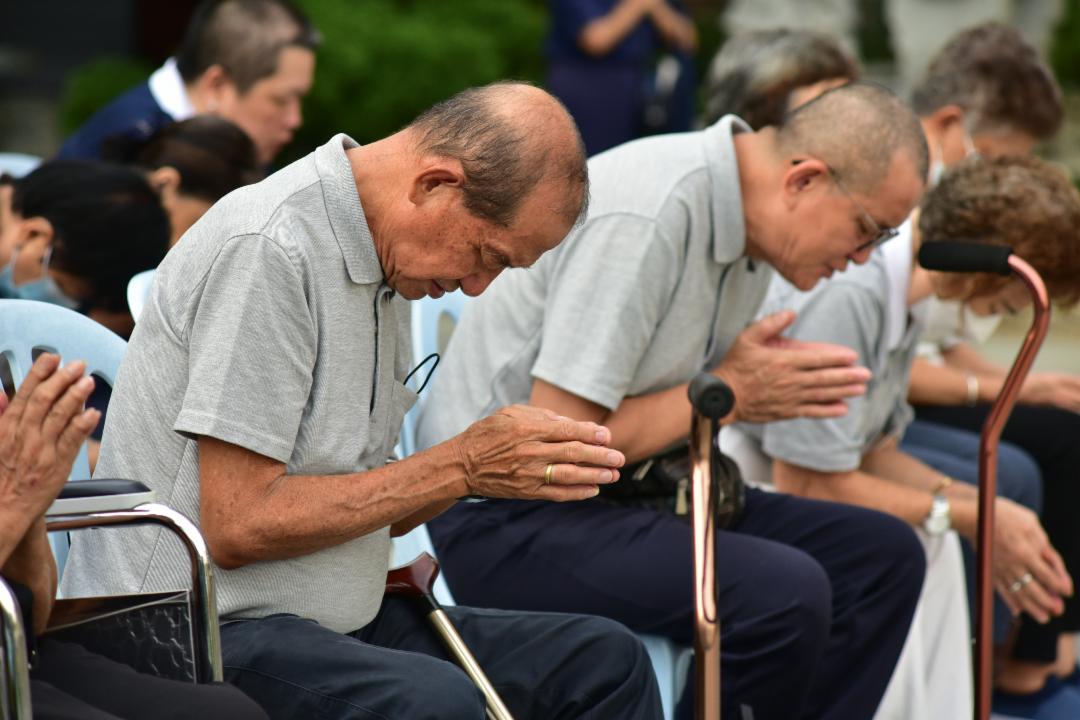
◎ Staying steadfast
At 83, volunteer Chow See Moy has never missed a bowing pilgrimage in more than 30 years with Tzu Chi. She initially hesitated this year, considering her declining endurance. However, in the end, she participated joyfully, praying sincerely for a harmonious society and a world free of disasters. “The frequency of global disasters is heart-wrenching, and though my power is limited, I hope our collective prayers can help alleviate them.”
Tan Si Yuan, who runs an architectural and interior design studio, had a profound realisation during his first bowing pilgrimage. “I am accustomed to speaking loudly due to a noisy work environment, and I often neglect the feelings of others. Reflecting on it now, I must really repent sincerely to the people around me.” The pilgrimage process brought a rare tranquillity to Si Yuan’s heart, leading him to exclaim, “It feels so good!” He acknowledged the need to control his temper and handle matters with composure.
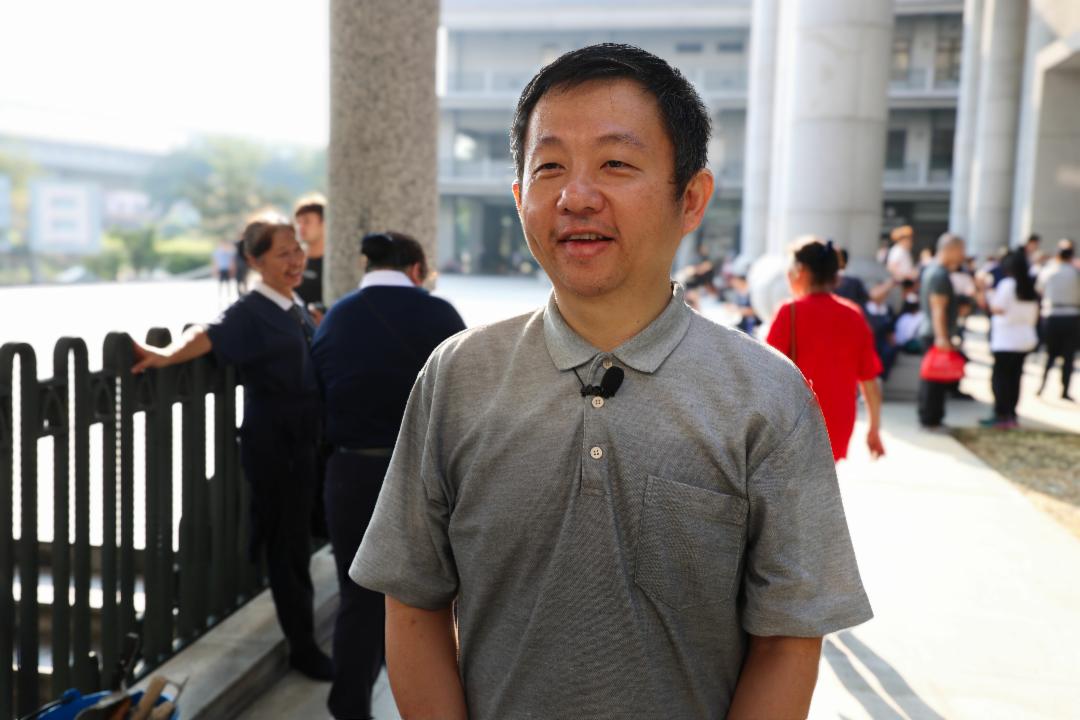
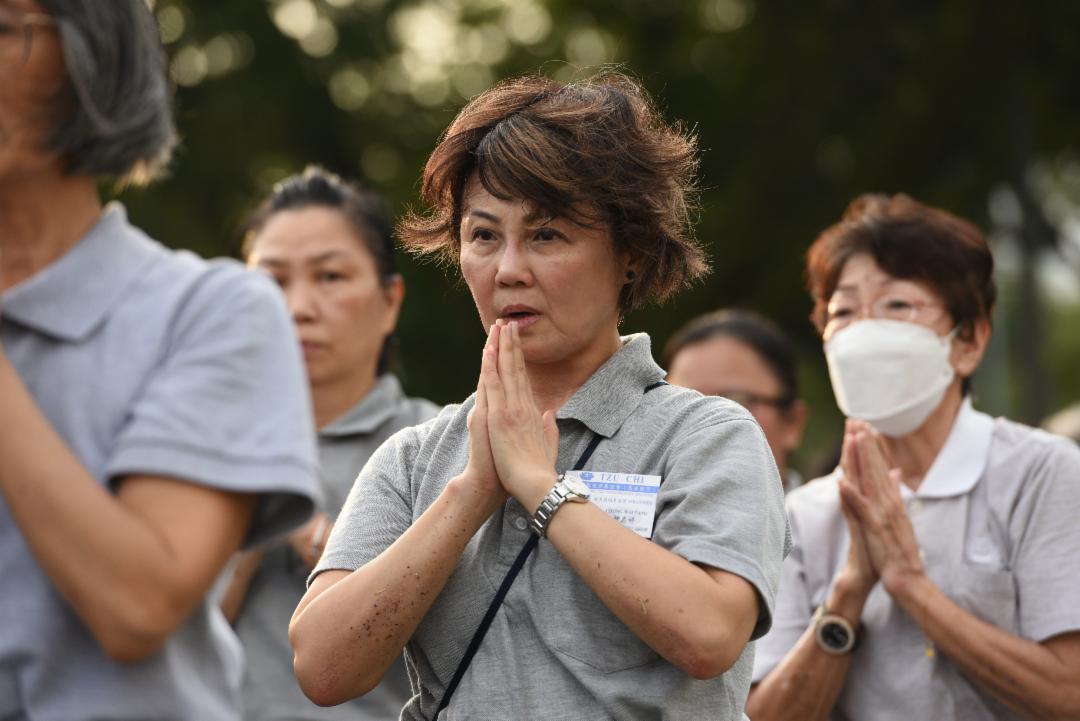
◎ Finding peace
Lee Sze Keng participated in a bowing pilgrimage for the first time. Through the 108 prostrations, he experienced liberation from his accumulated negativity. “Life is filled with distractions and discontentment. But the moment my hands touched the ground, I felt a release, realising the importance of being contented and grateful. I enjoyed the process of releasing my worries and stress into the earth through each prostration.”
Chong Wai Tang had some conflicts with her children concerning educating the next generation. “Although it was not a major issue, I could not let it go. It drove a wedge between my children and me. The unpleasantness accumulated in my heart. I had no one to confide in and found it difficult to be at peace…” During the pilgrimage, Wai Tang felt her heart soften with each bow, and a smile formed around her lips as she gradually learned to let go.
◎ Seeking forgiveness
Curious about the actual impact of a bowing pilgrimage, Tzu Chi KL & Selangor’s news reporter Liew Jing Yin participated to gain a first-hand experience. She was overwhelmed with contrition seeing her ageing mother’s unsteady movements during the pilgrimage. “My mum gave birth to me and raised me. How could I vent my personal frustrations on her?” Upon returning home, Jing Yin apologised and expressed her love for her mother. She also makes it a point to embrace her mother every day before she leaves home for work.
Arising from a misstep in life, Wong Chai Fatt spent over a decade in prison. After turning his life around, he started a family but was later diagnosed with kidney disease. Despite his illness, he persevered through the pilgrimage with a heart of repentance. Reflecting on his past wrongdoings and how he had hurt his late parents’ hearts with his misdeeds, he sought forgiveness, especially from his mother, who loved him dearly.
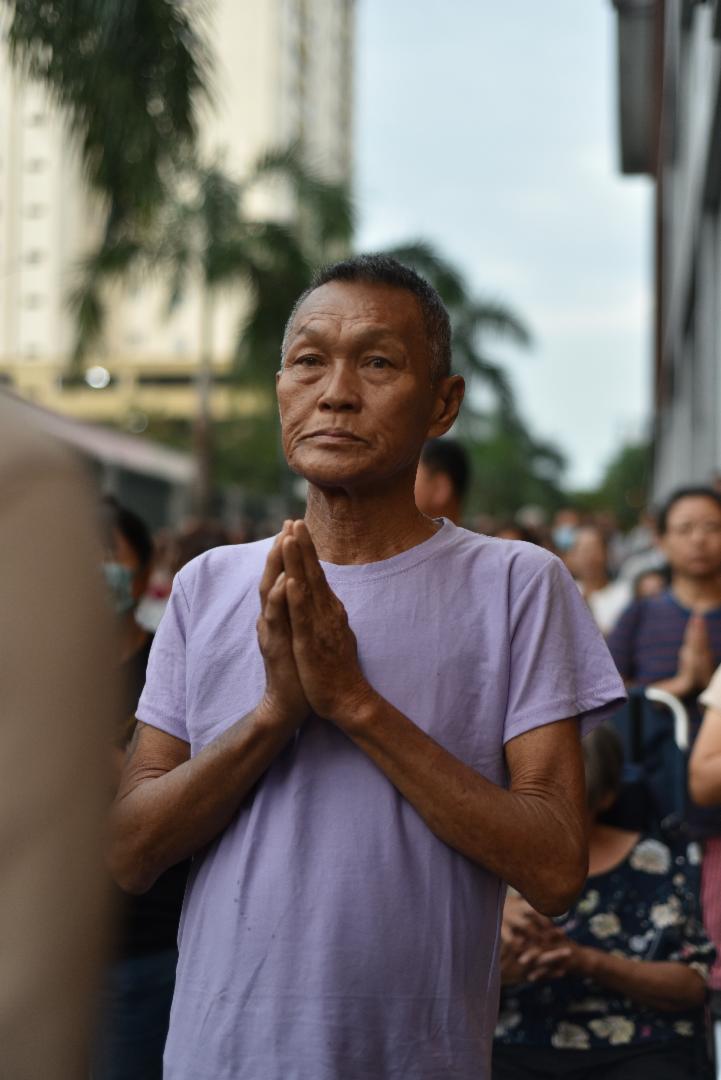
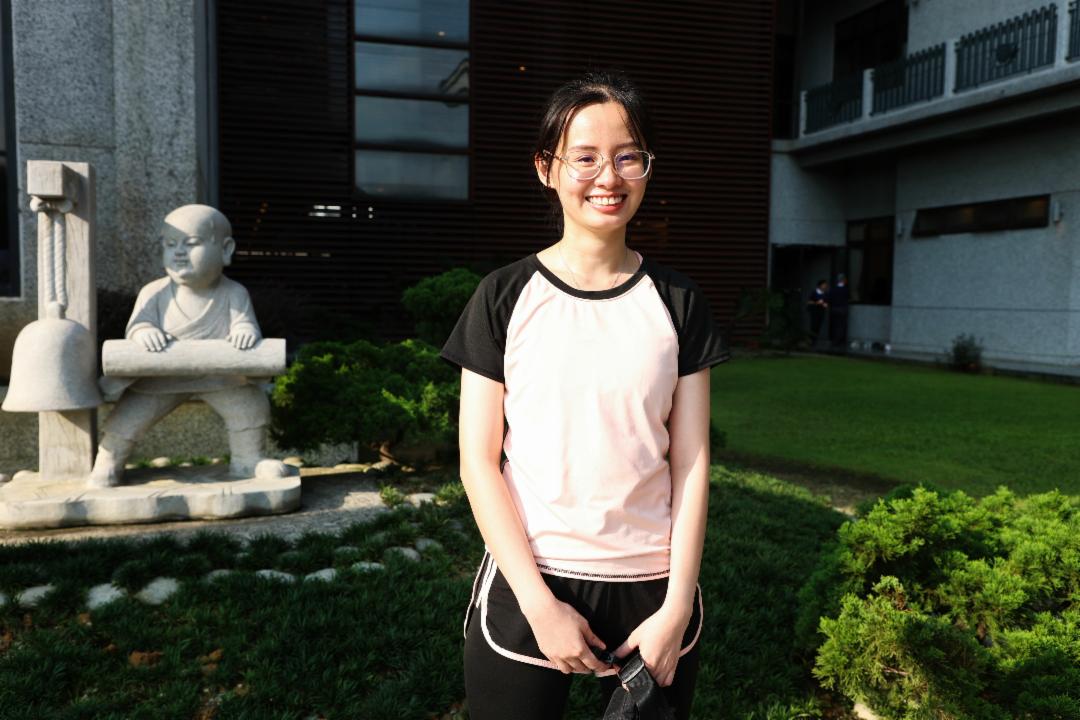
●
As the bowing pilgrimage drew to a close, participants felt a profound sense of peace and fulfillment. The act of bowing, a symbol of humility and reverence, allowed each participant to release past burdens and strengthen their resolve to walk the Bodhisattva Path, embracing the future with compassion and kindness.


